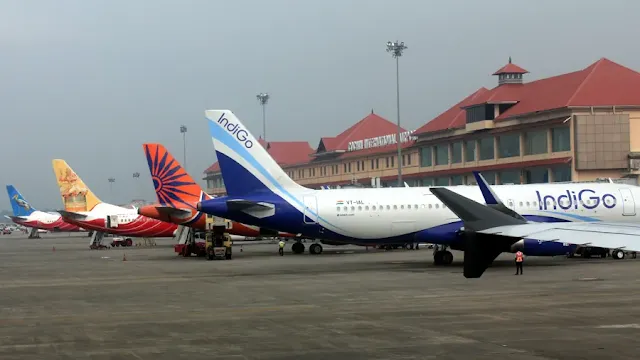Last summer, I booked a Singapore Airlines flight from Mumbai to New York, only to board an Air India plane—my first encounter with a codeshare flight! Codeshare flights let airlines team up: one airline (the marketing carrier) sells the ticket under its name, while another (the operating carrier) flies the plane. This expands routes and simplifies ticketing but can surprise you with different baggage rules, meal options, or service quality. My excitement turned to frustration when Air India’s smaller baggage allowance forced me to pay extra fees, and the in-flight service didn’t match Singapore Airlines’ standards. Understanding codeshare agreements is vital to avoid such pitfalls. Whether it’s navigating frequent flyer miles, check-in procedures, or unexpected costs, knowing who operates your flight can save time and money. This guide breaks down everything you need to know about codeshare flights, from identifying them to managing baggage and beyond, so you can travel smarter.
Table of Contents
- What Are Codeshare Flights?
- Disadvantages of Codeshare Flights
- Identifying a Codeshare Flight
- Baggage Allowance on Codeshare Flights
- Marketing vs. Operating Carrier
- Fare Types and Group Bookings
- Booking Business Class and Ticket Policies
- Excess Baggage and International Connections
- Web Check-In and Airport Procedures
- In-Flight Meals on Codeshare Flights
- Frequently Asked Questions
Disadvantages of Codeshare Flights
Codeshare flights aren’t all smooth skies. Here’s what to watch out for:
- Confusing Policies: Baggage, check-in, and cancellation rules differ between carriers, causing headaches.
- Uneven Service: Expect varying meal quality, seating, or entertainment based on the operating airline.
- Mileage Issues: Frequent flyer miles may not accrue fully, depending on loyalty program rules.
- Support Hassles: Delays or cancellations mean dealing with two airlines, complicating resolutions.
- Hidden Costs: Lack of transparency can make fare comparisons tricky, inflating prices.
Stay informed to avoid these traps.
Baggage Allowance on Codeshare Flights
Baggage rules follow the operating carrier’s policies, not the marketing carrier’s. This impacts checked bags, carry-ons, and fees. Confirm with the operating airline to avoid extra costs. See our baggage guide for details.
Marketing Carrier vs. Operating Carrier
The marketing carrier brands the ticket, while the operating carrier runs the flight. Their differing standards affect baggage, services, and support. Know the difference to set expectations.
Fare Types and Group Bookings
Codeshare flights offer economy, business, or first-class fares, matching the operating carrier’s options. Group bookings need early coordination between airlines for availability.
Booking Business Class and Ticket Policies
Business class is available, but cancellation fees depend on the marketing carrier’s rules. Check fare conditions to dodge unexpected charges.
Excess Baggage and International Connections
Excess baggage fees and connection rules follow the operating carrier’s policies. Verify charges and baggage transfer procedures for international flights.
Web Check-In and Airport Procedures
Web check-in uses the operating airline’s platform, and gate closure times follow their rules. Confirm deadlines to stay on schedule. See our airport tips.
In-Flight Meals on Codeshare Flights
Meals depend on the operating carrier’s standards. If included, they align with their menu, not the marketing carrier’s. Check dietary options during booking.
Frequently Asked Questions
What is a codeshare flight?
A codeshare flight lets one airline sell tickets under its code, while another operates the plane, expanding route options.
How do I identify a codeshare flight?
Look for a mismatch between the marketing carrier (on your ticket) and the operating carrier (flying the plane) in your itinerary.
Do baggage rules differ on codeshare flights?
Yes, baggage policies follow the operating carrier’s rules. Check with them to avoid fees.
Can I earn frequent flyer miles on codeshare flights?
Miles depend on the operating carrier and loyalty program. Some flights may not qualify for miles.





No comments:
Post a Comment